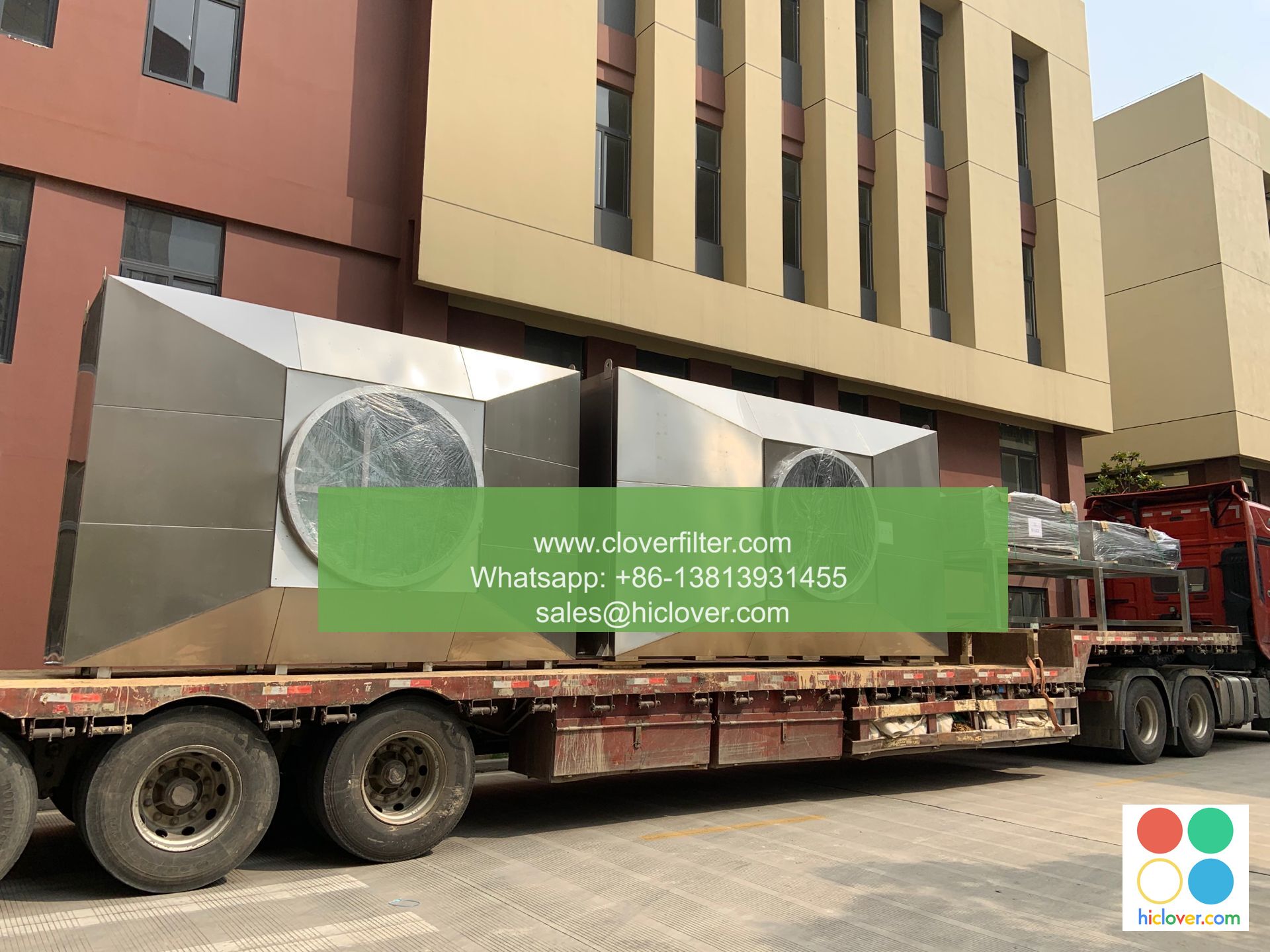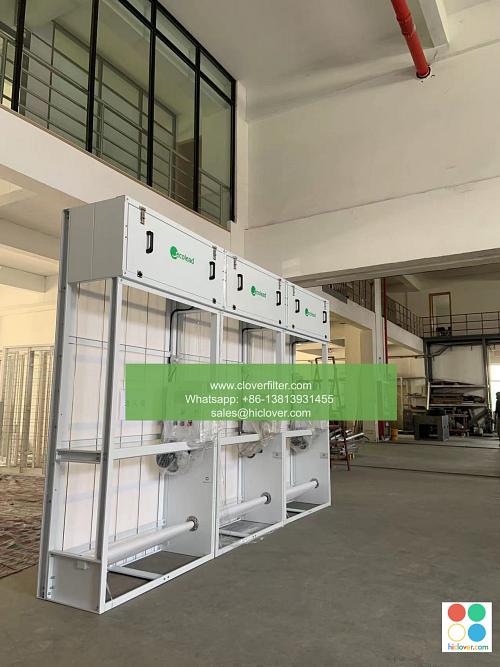Optimizing Data Center Performance: The Importance of Automatic Roll Air Filters in Markham Cleanrooms

As the demand for data storage and processing continues to grow, data centers are under increasing pressure to optimize their performance while minimizing their environmental impact. One crucial aspect of data center operations is maintaining a clean and controlled environment, particularly in cleanrooms where sensitive equipment is housed. In Markham, a city with a high concentration of data centers, the importance of cleanrooms cannot be overstated. One often overlooked but critical component in maintaining cleanroom integrity is the use of automatic roll air filters. In this article, we will explore the importance of these filters and how they contribute to optimizing data center performance.
Data centers in Markham, like elsewhere, operate in highly controlled environments. Cleanrooms are designed to maintain extremely low levels of dust, particulate matter, and other contaminants that could potentially damage sensitive electronic equipment. The air quality within these rooms is crucial, as even minor particles can cause significant issues, ranging from equipment malfunction to complete failure. Traditional air filtration systems have been used to maintain air quality, but they have several drawbacks, including high maintenance costs, reduced airflow, and the potential for filter bypass.
Automatic roll air filters offer a superior solution for cleanroom air filtration. These systems utilize a continuous roll of filter media that automatically advances to expose a fresh filter surface at predetermined intervals. This design addresses several issues associated with traditional filtration systems. Firstly, it significantly reduces maintenance requirements, as the filter media is automatically replaced, minimizing downtime and the need for manual intervention. Secondly, by continuously providing a fresh filter surface, these systems maintain optimal airflow and filtration efficiency, ensuring that the cleanroom environment remains stable and contamination-free.
The benefits of automatic roll air filters in data center cleanrooms extend beyond maintenance and efficiency. They play a critical role in preventing downtime, which is a major concern for data centers. Downtime can result in significant financial losses, damage to reputation, and in some cases, legal liabilities. By maintaining a clean and stable environment, automatic roll air filters help ensure that data center operations run smoothly and continuously. Moreover, the reliability and consistency provided by these filters can lead to extended equipment lifespan, reducing the need for premature replacements and lowering overall operational costs.
In addition to their technical benefits, automatic roll air filters also contribute to a more sustainable data center operation. By optimizing filter use and reducing waste, these systems align with the increasing emphasis on environmental responsibility within the technology sector. Data centers are among the largest consumers of energy and producers of electronic waste, making any reduction in their environmental footprint significant. Automatic roll air filters, by minimizing the amount of filter material used and reducing the frequency of replacements, help data centers in Markham achieve their sustainability goals.
The selection and installation of automatic roll air filters require careful consideration to maximize their benefits. Factors such as filter efficiency, airflow requirements, and compatibility with existing HVAC systems must be carefully evaluated. Additionally, the automation features of these systems, including the advancement of the filter media and alerts for maintenance or replacement, should be integrated with the data center’s monitoring and control systems to ensure seamless operation.
In conclusion, automatic roll air filters are a critical component in the quest to optimize data center performance in Markham cleanrooms. Their ability to maintain optimal air quality, reduce maintenance needs, prevent downtime, and contribute to sustainability makes them an indispensable asset for data centers. As the technology sector continues to evolve and grow, the importance of these filters will only continue to increase, playing a vital role in ensuring the reliability, efficiency, and environmental responsibility of data center operations.
FAQs
Q: What are the primary benefits of using automatic roll air filters in data center cleanrooms?
A: The primary benefits include reduced maintenance, optimal airflow, prevention of downtime, extended equipment lifespan, and contribution to sustainability.
Q: How do automatic roll air filters contribute to sustainability in data centers?
A: By minimizing filter waste and reducing the frequency of replacements, automatic roll air filters help data centers reduce their environmental footprint.
Q: What factors should be considered when selecting and installing automatic roll air filters?
A: Key factors include filter efficiency, airflow requirements, compatibility with existing HVAC systems, and integration with monitoring and control systems.
Q: Can automatic roll air filters be used in conjunction with other air filtration systems?
A: Yes, automatic roll air filters can be used as part of a multi-layered air filtration strategy to achieve the highest level of cleanroom integrity.
Q: How often should the filter media in automatic roll air filters be replaced?
A: The replacement interval depends on various factors, including airflow, contamination levels, and filter efficiency, and should be determined based on the specific requirements of the cleanroom environment.

